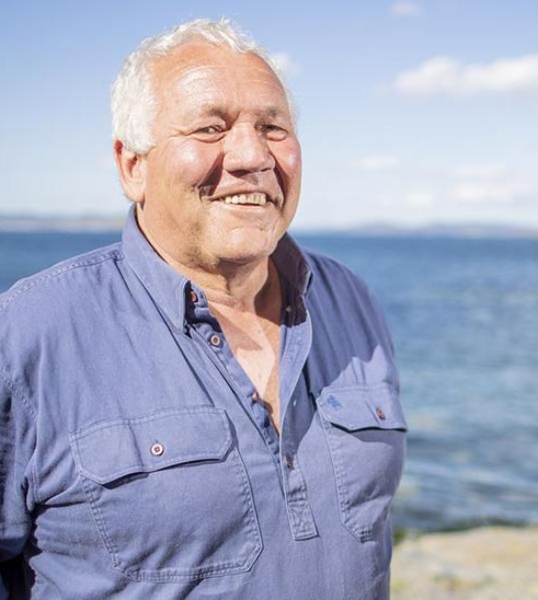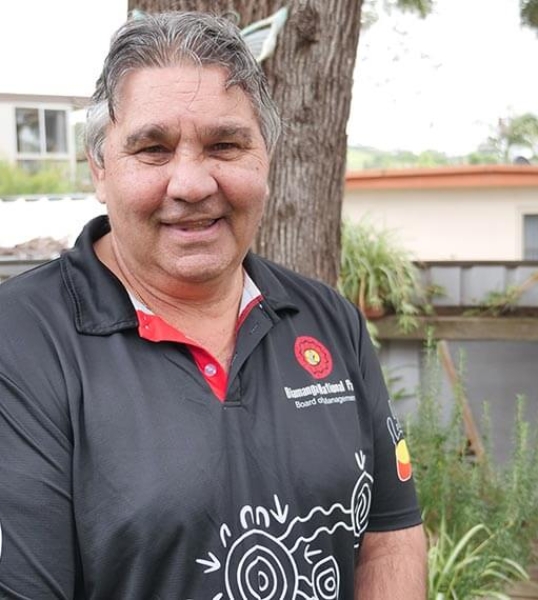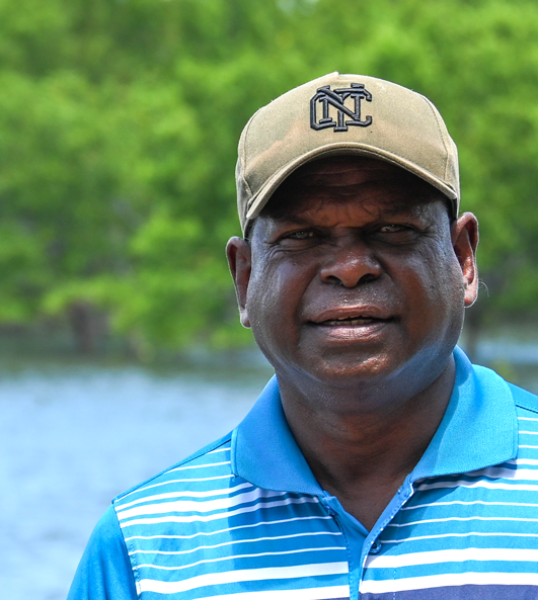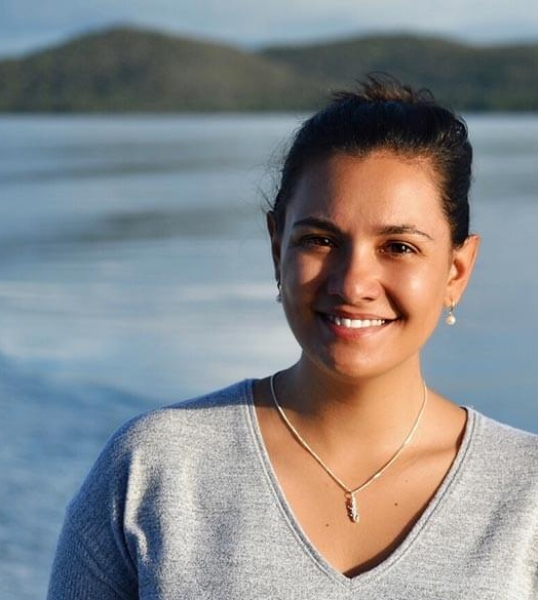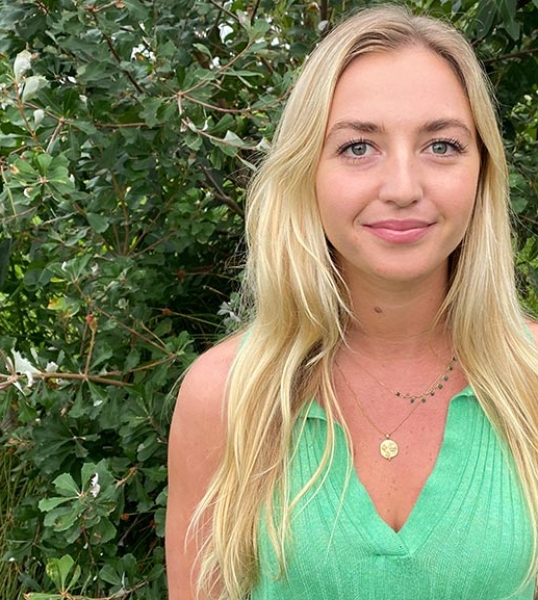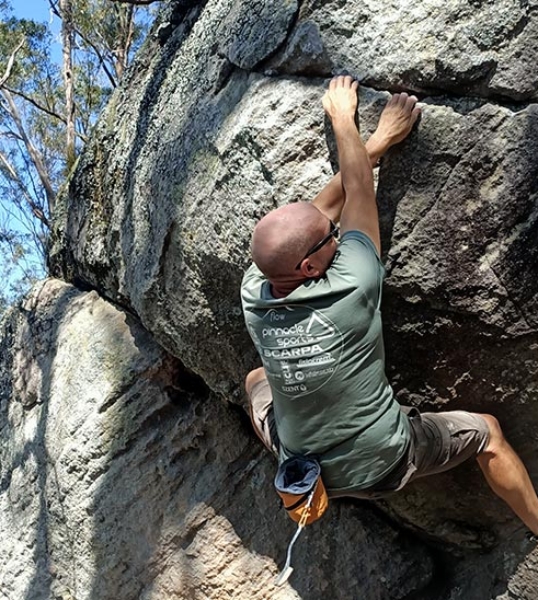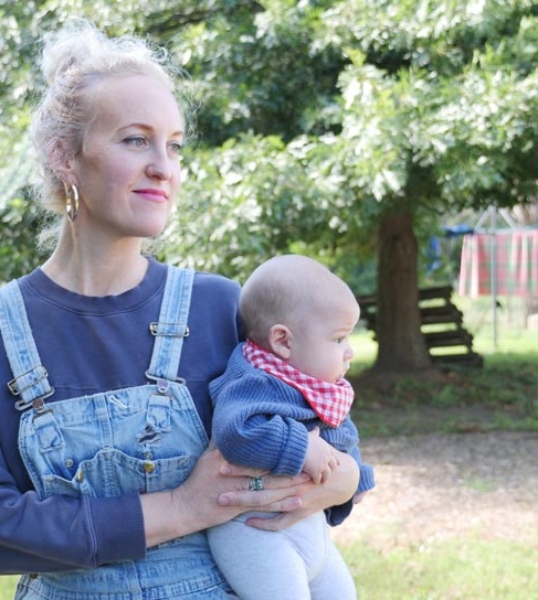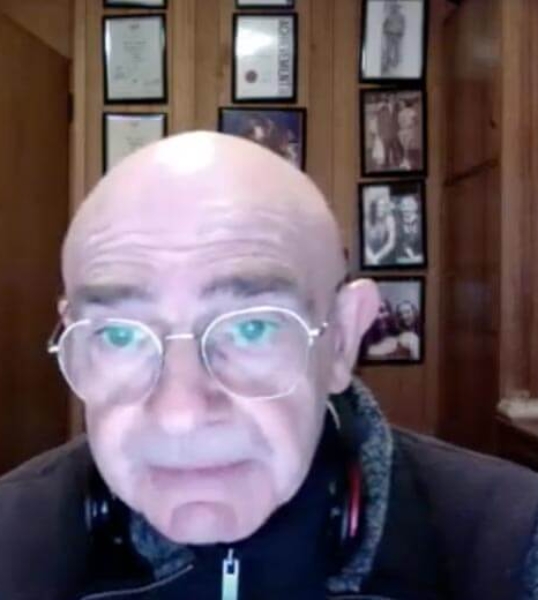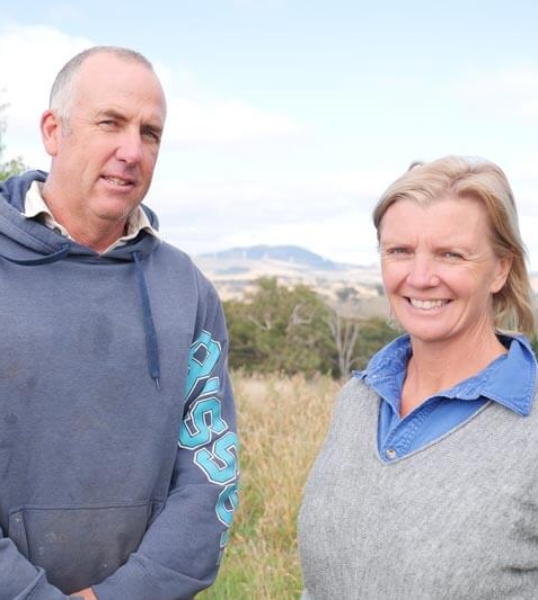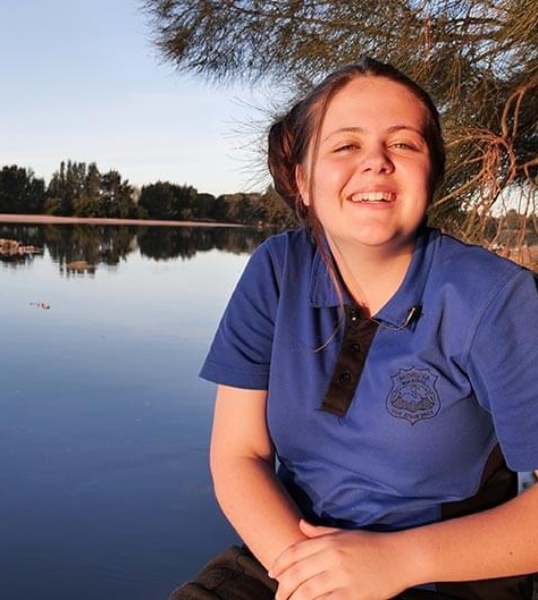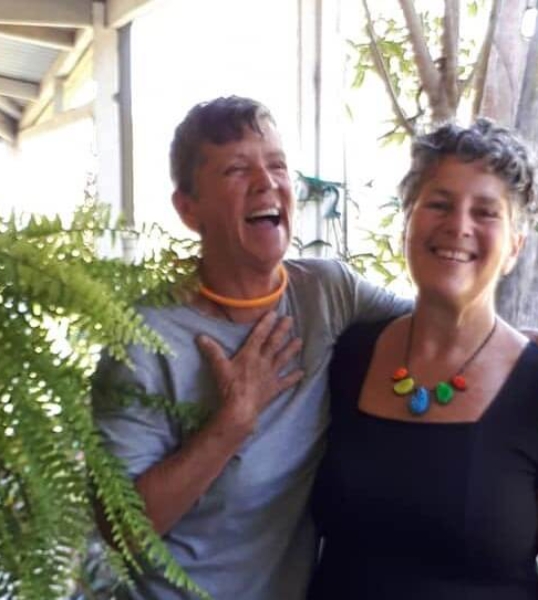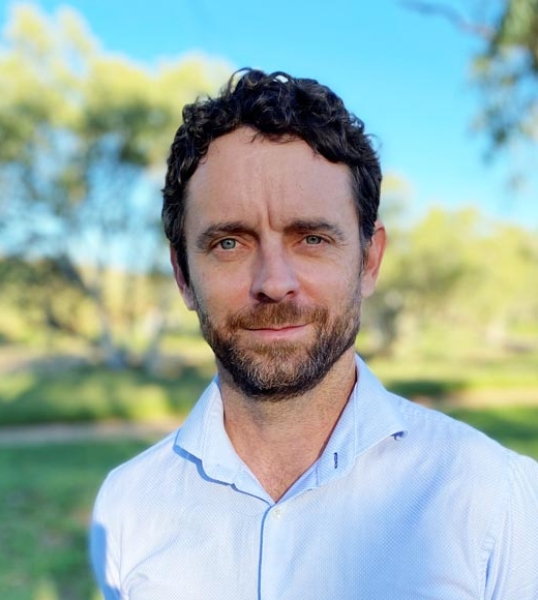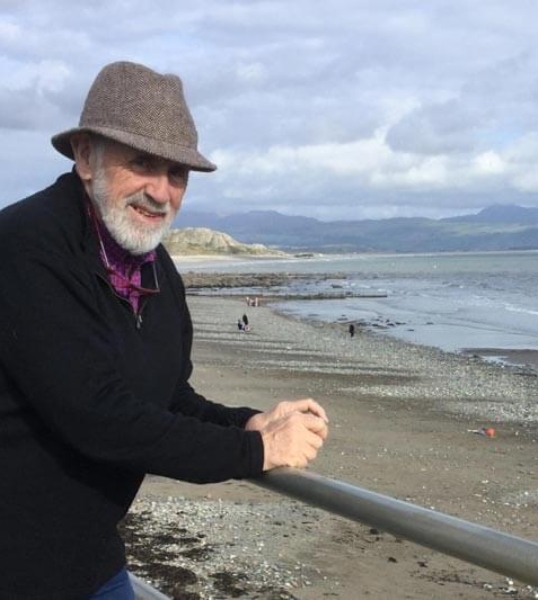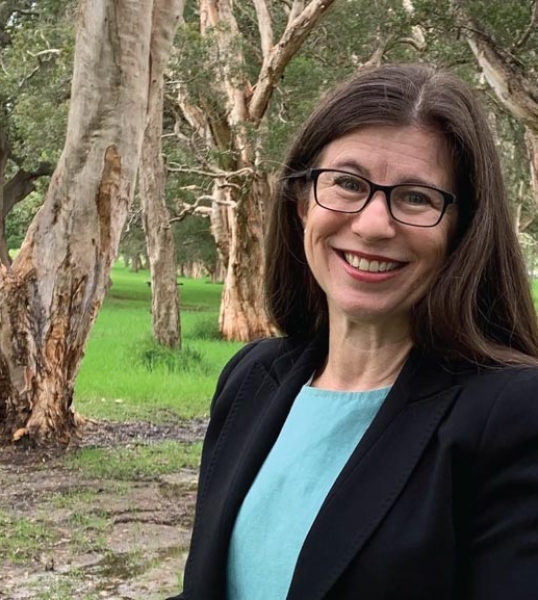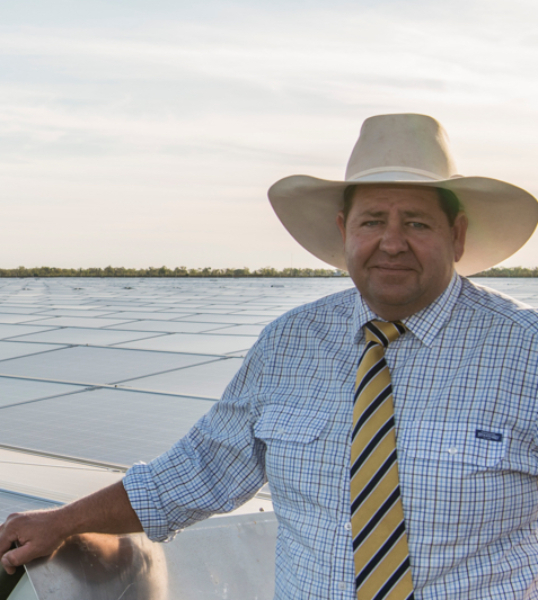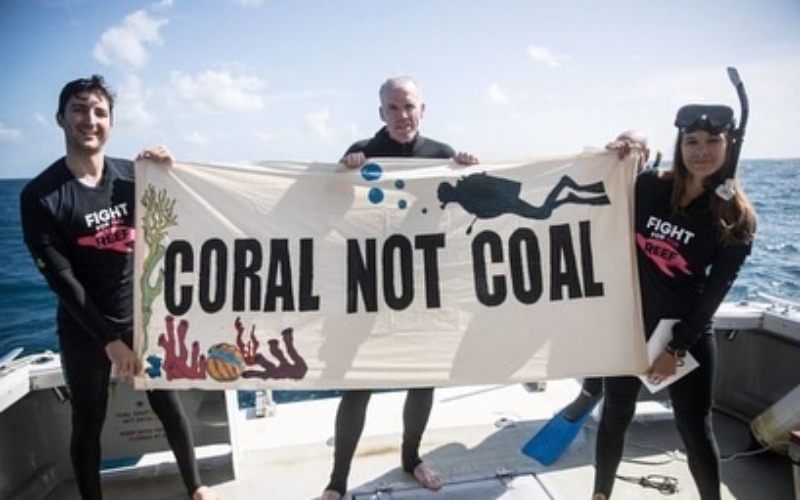

I have been working as a scuba diving instructor and reef guide at the Great Barrier Reef for 11 years and in the last 7 years I have witnessed four mass coral bleaching events, in 2016, 2017, 2020 and 2022, which resulted in high rates of coral mortality.
Cairns, QLD
I have been working as a scuba diving instructor and reef guide at the Great Barrier Reef for 11 years and in the last 7 years I have witnessed four mass coral bleaching events, in 2016, 2017, 2020 and 2022, which resulted in high rates of coral mortality. The 2022 bleaching event was unprecedented in that it occurred during a La Nina weather cycle, which typically provides relief in the form of cooler cloudier conditions.
Such severe and frequent bleaching events have never before been recorded on the reef, and are not part of a natural cycle. Coral bleaching is caused by unusually warm sea surface temperature and accumulated heat stress due to climate change.
Much media attention has been paid to the fact that some fast-growing “weedy” coral species have been able to grow back quickly after bleaching events, but unfortunately overall the Reef is experiencing a loss of biodiversity as many slower-growing species are not able to recover quickly. The fast-growing species are fragile and will be the first to succumb to the next heatwave, which are becoming disturbingly frequent. To give more than 600 species of coral at the reef the time they need to recover, we must act quickly on climate.
The Great Barrier Reef is a natural wonder we simply cannot afford to lose. It’s the world’s largest living structure and home to 9000 species of animals including threatened dugongs, whales, dolphins, sharks, rays sea turtles and more. It also supports a $6 billion eco-tourism industry employing more than 64,000 people. Our tourism industry depends on a thriving reef, and we are doing all we can to protect it, educate people about it, and advocate for it. Yet our industry has struggled immensely due to negative perceptions surrounding the reef’s health. Not only tour companies but also shops, restaurants and bars in Cairns depend upon tourism, and our lifestyles, jobs, economy and wellbeing are all in jeopardy due to climate change.
The reef is resilient and still one of the most beautiful natural wonders on the planet. It is still the site of some of the world’s most incredible tourism experiences, with tour boats taking tourists to areas of the Reef that are still in good condition. Every day when I snorkel and dive on certain healthy parts of the reef I see turtles, rays, colourful coral, multicoloured fish and more. It’s not too late to save our reef but we need to act urgently now. Like a frog in a pot of slowly boiling water, we can’t wait for things to get worse before we act, or it will be too late.
The tourism industry has played an important role in protecting the reef, following strict eco-standards to protect the reef that we love and depend upon. However, there is only so much reef restoration, education programs, scientific research, and carbon offsetting that we can do from our end. We need Australia to enact policies to limit global warming to 1.5 degrees Celcius to save coral reefs. Currently Australia’s emissions reductions are in line with more than 2 degrees of warming, which would result in the loss of 99% of the world’s coral reefs. Without stronger climate action, coral bleaching will become an annual occurrence by 2044, leaving no time for corals to recover.
We, the tourism workers of the Great Barrier Reef, urge Australian governments to take urgent action to limit warming to 1.5 degrees celcius and save our reef.
We’ve had our chance to see and enjoy the reef. But it breaks our hearts that children born now may never get to experience it, and all we will be able to tell them is that we did not care enough about them, or the reef, to take the necessary action.
Hundreds of people from across the country are sharing their stories to send a clear message to the Australian government - it's time for real action on climate change.
Every story appears as a point on this map. Click around to read how climate change is affecting our communities, and add your own story to the map.
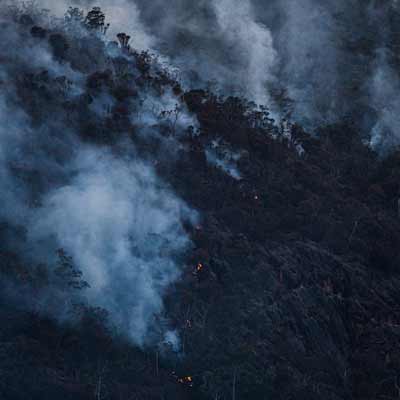
Due to changing climate, our lake has lost so much water that the boat ramps are now a distance from the water and there are no more water sports or fishing.
Read my storyPeople all across Australia are being harmed by climate change. These are some of their stories.
